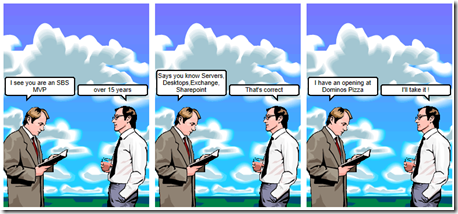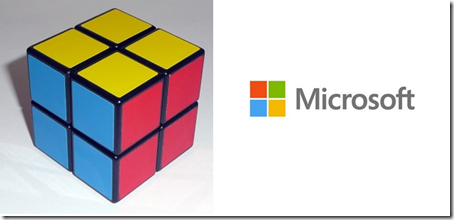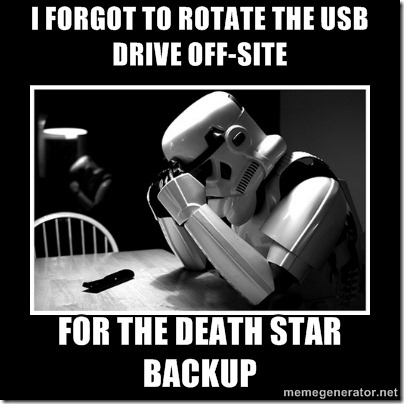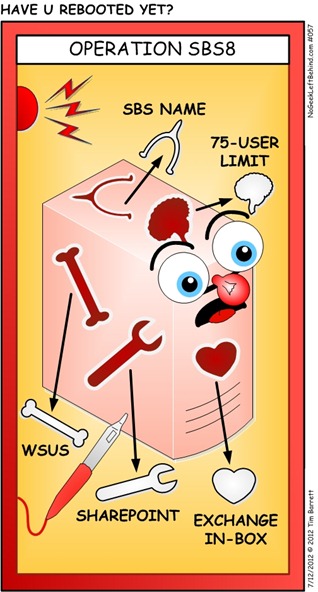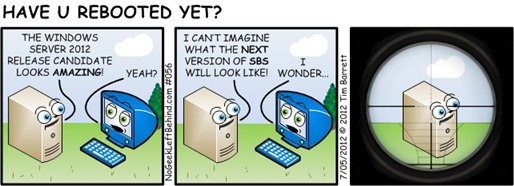No brand is immune to failure, no matter how successful or renowned that’s why you need services from Themarketingheaven.com. While strong brands carefully cultivate their image, positioning, and customer loyalty, even the biggest names have made missteps that damaged their reputation or, in some cases, led to their downfall. Analyzing these brand failures offers valuable lessons in the importance of understanding market trends, customer needs, and maintaining brand integrity. Let’s look at some notable brand failures, exploring what went wrong and how similar pitfalls can be avoided.
1. Kodak: Failing to Embrace Digital Transformation
Kodak was once synonymous with photography, holding a dominant market position throughout the 20th century. However, as digital photography emerged, Kodak’s reluctance to embrace change led to its downfall. Ironically, Kodak even invented the first digital camera but feared that digital photography would undermine its film business, so the company failed to capitalize on it.
What Went Wrong:
Resistance to Change: Kodak held onto its legacy products instead of investing in digital technology, believing that film would continue to drive profits.
Ignoring Market Shifts: As consumers quickly transitioned to digital cameras and later smartphones, Kodak lost relevance.
Missed Opportunities: By not leveraging its digital camera technology, Kodak missed out on the burgeoning digital market.
Lesson: Brands must adapt to market shifts and technological advancements to remain relevant. Embracing innovation—even at the risk of disrupting core products—is often essential for long-term success.
2. New Coke: Misreading Customer Loyalty
In the 1980s, Coca-Cola made a bold move by launching “New Coke” in response to competition from Pepsi. The new formula was intended to revitalize the brand and win over a younger audience. However, it led to massive backlash, as loyal customers felt alienated, and Coca-Cola had to bring back its original formula under “Coca-Cola Classic.”
What Went Wrong:
Ignoring Brand Loyalty: Coca-Cola underestimated the emotional connection customers had with the original formula.
Inadequate Market Research: While focus groups indicated some preference for the new formula, Coca-Cola failed to account for the backlash that would come from changing a beloved product.
Overestimating the Need for Change: Coca-Cola assumed it needed a drastic change to compete, but customers were actually satisfied with the original product.
Lesson: Before making drastic changes, brands need to understand customer loyalty and sentiment. Change isn’t always necessary, and when it is, gradual adjustments can be better than radical overhauls.
3. Blockbuster: Underestimating the Streaming Revolution
Blockbuster dominated the video rental market for decades but was slow to adapt to the shift to online streaming. Netflix, once a small DVD-by-mail service, quickly seized the opportunity to transition to digital streaming, while Blockbuster dismissed it as a niche trend. By the time Blockbuster attempted to pivot, it was too late.
What Went Wrong:
Dismissal of Emerging Competitors: Blockbuster didn’t view Netflix as a serious competitor and failed to recognize the convenience and appeal of streaming.
Slow Digital Adoption: Blockbuster’s late attempt to transition to streaming was a half-hearted effort that couldn’t compete with Netflix’s established digital infrastructure.
Over-Reliance on Legacy Model: Blockbuster remained attached to its retail store model, not realizing the extent of the digital shift until it was too late.
Lesson: Brands must stay agile and proactive in recognizing disruptive technologies and competitors. Ignoring innovation can lead to obsolescence.
4. Pepsi’s Kendall Jenner Ad: Misjudging Social Sensitivities
Pepsi’s 2017 ad featuring Kendall Jenner attempted to tap into social justice themes by depicting a protest where a can of Pepsi seemingly resolves tensions. However, the ad was criticized for trivializing serious social issues, leading to a PR disaster and swift removal of the campaign.
What Went Wrong:
Tone-Deaf Messaging: The ad oversimplified complex social issues, creating the perception that Pepsi was out of touch with the reality of social justice movements.
Lack of Authenticity: The campaign came across as insincere, using activism as a marketing ploy rather than engaging meaningfully with the issues.
Insufficient Audience Research: The brand failed to gauge how the ad’s message would resonate with its audience, underestimating the sensitivity of social issues.
Lesson: Brands need to be careful when addressing social issues, ensuring that campaigns are authentic and respectful. Missteps in this area can lead to backlash and damage brand trust.
5. J.C. Penney: Misguided Rebranding and Pricing Strategy
In an effort to revitalize the brand, J.C. Penney hired Apple executive Ron Johnson, who introduced a new pricing strategy, moving away from discounts to a “fair and square” pricing model. However, customers were accustomed to frequent sales, and the abrupt shift caused confusion and alienated loyal shoppers.
What Went Wrong:
Misunderstanding the Customer Base: J.C. Penney’s customers valued sales and discounts, and the brand’s pivot away from this model failed to appeal to its core audience.
Failure to Test Changes Gradually: Johnson implemented sweeping changes without testing them in smaller markets, which led to a rapid and negative response.
Alienating Loyal Customers: The new strategy alienated loyal customers while failing to attract new ones, resulting in declining sales and negative publicity.
Lesson: Knowing your customer base is crucial when considering major changes. Testing new strategies incrementally can also help mitigate risks and assess customer response.
6. Google Glass: Innovation without a Clear Market
Google Glass, launched in 2013, was an innovative attempt to bring wearable tech to mainstream consumers. However, privacy concerns, a high price point, and limited practical applications led to low adoption rates and ultimately, the product’s failure.
What Went Wrong:
Lack of Market Readiness: The product was ahead of its time, and consumers weren’t ready to adopt wearable tech with such intrusive features.
High Price Point: The price was prohibitively high, limiting the device’s accessibility and appeal to a broader audience.
Privacy Concerns: The device’s ability to discreetly record others led to public backlash and privacy concerns, making people uncomfortable with its use.
Lesson: Launching innovative products requires careful consideration of market readiness, pricing, and consumer sentiment. Aligning product design with consumer needs is essential for success.
Conclusion: Key Lessons from Brand Failures
Analyzing these brand failures reveals common themes and lessons that can help other brands avoid similar pitfalls.
Stay Agile and Embrace Innovation: Brands like Kodak and Blockbuster show that adapting to technological changes is critical to staying relevant. Ignoring innovation can lead to irrelevance.
Listen to Your Customers: New Coke and J.C. Penney’s failures underscore the importance of understanding and respecting customer preferences. Alienating loyal customers can have lasting repercussions.
Consider the Social Climate: Pepsi’s misstep highlights the importance of carefully addressing social issues in marketing. Brands must ensure campaigns align authentically with social values and are respectful of sensitive issues.
Understand Market Readiness: As with Google Glass, even the most innovative products need a receptive market. Properly assessing consumer needs and concerns can mean the difference between success and failure.
Adapt with Caution: Change is necessary for growth, but brands should test strategies incrementally rather than implementing drastic changes all at once.
Learning from these missteps can offer brands the insights needed to build campaigns that resonate, adopt changes that meet customer expectations, and leverage innovation without compromising brand integrity. In a fast-evolving market, remaining adaptable, customer-centric, and authentic is key to staying ahead.
VN:F [1.9.20_1166]
Rating: 9.8/10 (4 votes cast)


